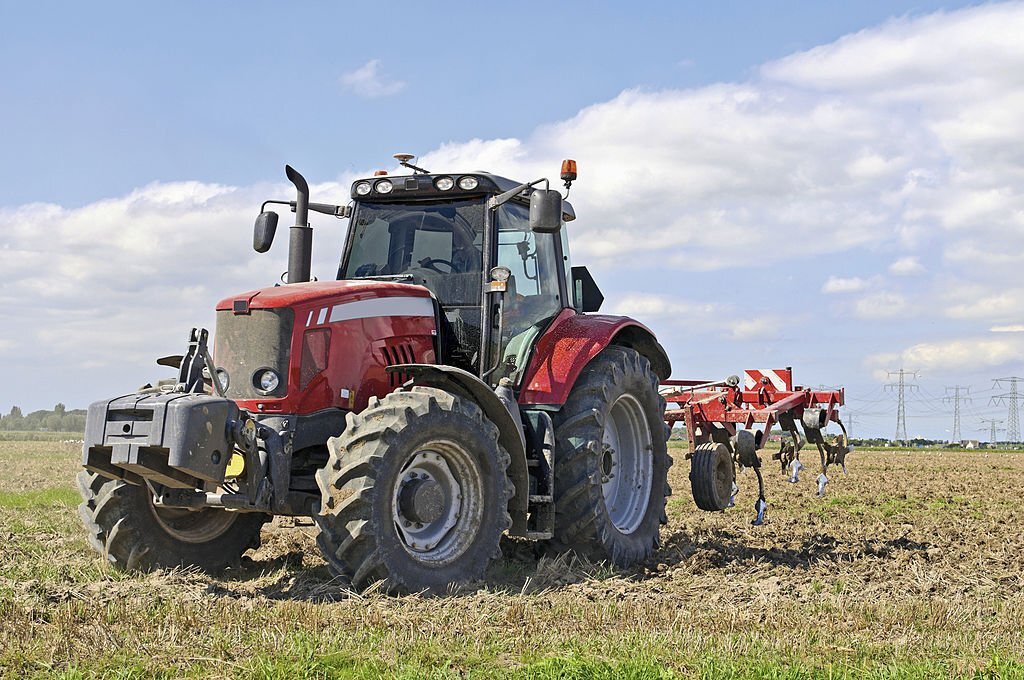
Agricultural equipment, known for its ruggedness and durability, is subject to demanding conditions in the field. Understanding the lifespan of agricultural equipment and how it compares to other types of heavy equipment is essential for farmers and industry professionals. This article delves into the factors influencing the longevity of agricultural equipment, maintenance practices, and the durability of machinery in agricultural settings.
Factors Influencing Lifespan
The lifespan of agricultural equipment is influenced by several factors, including:
a. Usage Intensity: Agricultural equipment is typically subjected to more intense usage compared to other types of heavy equipment. Factors such as field conditions, crop type, and the size of the operation can impact the frequency and duration of equipment use.
b. Exposure to Environmental Elements: Agricultural equipment operates in various weather conditions, including extreme temperatures, humidity, dust, and exposure to corrosive substances. These elements can accelerate wear and tear, affecting the lifespan of machinery.
c. Maintenance and Care: The level of maintenance and care given to agricultural equipment significantly impacts its lifespan. Regular inspections, preventive maintenance, and timely repairs help extend the longevity of machinery.
Maintenance Practices
Proper maintenance practices play a crucial role in extending the lifespan of agricultural equipment. Key maintenance practices include:
a. Regular Inspections: Routine inspections help identify any signs of wear, damage, or potential issues. Timely identification and resolution of problems can prevent them from escalating and affecting the overall lifespan of the equipment.
b. Lubrication and Fluid Changes: Regular lubrication of moving parts and timely fluid changes, such as oil, hydraulic fluid, and coolant, ensure optimal performance and reduce the risk of premature failure.
c. Cleaning and Protection: Thoroughly cleaning equipment after use and protecting it from harsh environmental conditions can prevent corrosion, rust, and damage to sensitive components.
d. Proper Storage: Storing equipment in a dry, sheltered environment when not in use helps prevent degradation due to weather exposure and reduces the risk of theft or vandalism.
Durability in Agricultural Settings
Agricultural equipment is designed with durability in mind, given the demanding conditions it faces. Manufacturers understand the need for robustness, employing sturdy materials, reinforced structures, and protective coatings. Machinery components, such as engines, transmissions, and drivetrains, are designed to withstand high loads and intense usage.
Furthermore, agricultural equipment often features easy access to service points, simplifying maintenance tasks and reducing downtime. The design of machinery allows for component replacement and repair, extending the overall lifespan and reducing the need for complete replacements.
Comparison to Other Heavy Equipment
Compared to other types of heavy equipment, agricultural machinery often has a shorter lifespan. The intense and continuous usage, exposure to environmental elements, and challenging field conditions can accelerate wear and tear. However, advancements in engineering and manufacturing techniques have resulted in improved durability and longevity.
It is important to note that the lifespan of agricultural equipment can vary significantly based on factors such as equipment quality, maintenance practices, and usage intensity. Regular maintenance and proper care can help extend the lifespan of agricultural machinery, ensuring optimal performance and return on investment.
Conclusion
Agricultural equipment, though subject to demanding conditions, exhibits durability and longevity. While its lifespan may be relatively shorter compared to some other types of heavy equipment, proper maintenance practices and care can significantly extend its life. Regular inspections, lubrication, cleaning, and storage contribute to the longevity of agricultural machinery. Manufacturers continuously improve the durability of equipment, incorporating robust designs, quality materials, and easy serviceability. By adopting diligent maintenance practices and investing in quality machinery, farmers can optimize the lifespan of their agricultural equipment, ensuring productive and efficient operations in the field.

